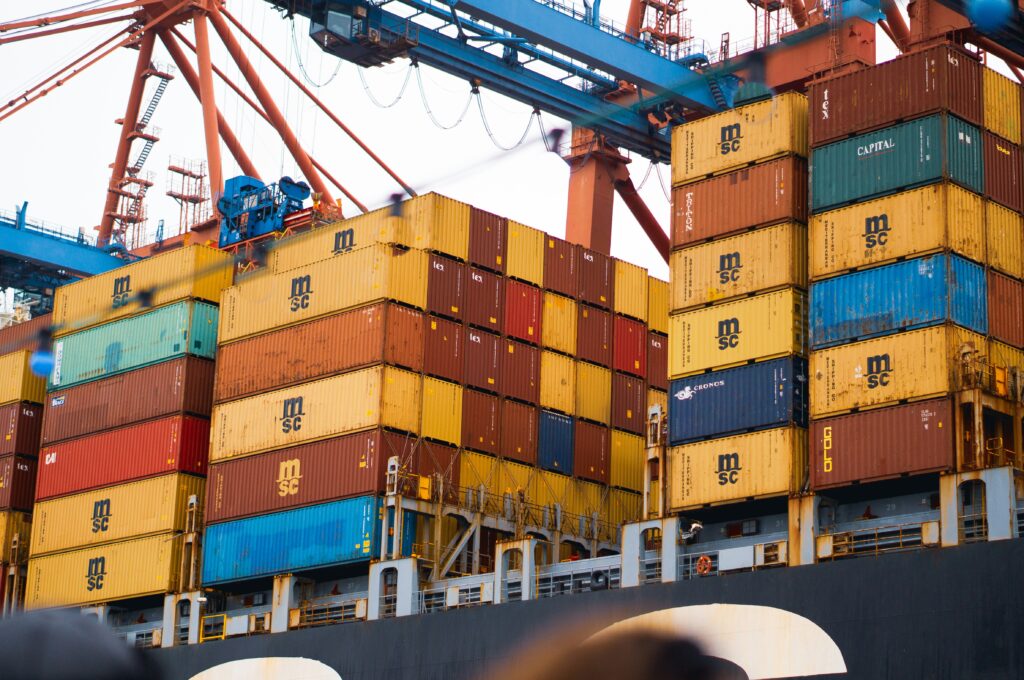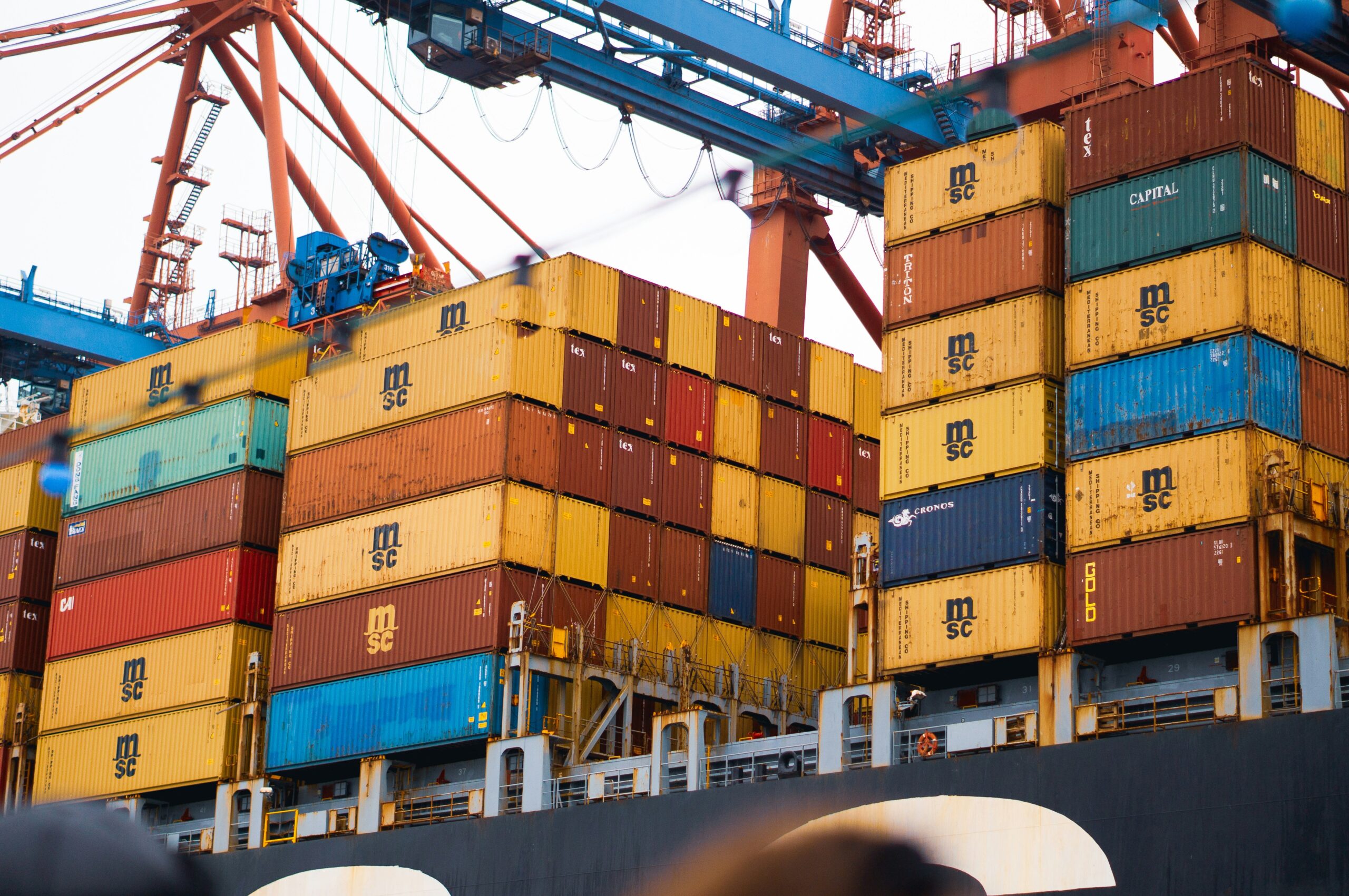Located at the intersection of Eastern Europe, Belarus has a strong industrial foundation and is becoming known for its high-quality exports. Belarus is an important participant in regional and international commerce due to its advantageous position, which links Russia, the EU, and Central Asia. This tutorial will take you through the necessary procedures, rules, and success strategies if you’re thinking of exporting goods from Belarus.

Step-by-step guide to exporting from Belarus
The process includes the following steps.
- Research the target market
Determine the demand for your items in your target market before exporting. Examine customer preferences, regional competitiveness, and trade laws. Think about enlisting the help of groups such as the Belarusian Chamber of Commerce and Industry (BelCCI), which offers trade contacts and market intelligence.
- Ensure compliance with export
regulations
Local and international trade laws must be followed while exporting products from Belarus. Important things to think about are:
- Licenses and certifications
Certain items, like food, pharmaceuticals, and military hardware, need specific authorization. For special requirements, get in touch with the Ministry of Antimonopoly Regulation and Trade or other appropriate regulatory agencies.
- Product standards
Make sure your products satisfy the target nation’s quality and safety criteria. Industrial and food items may require certifications such as ISO or HACCP.
- Understand customs procedures
The EAEU Customs Code governs Belarus’s customs processes. The procedure is made simpler by the exemption from customs tariffs for goods shipped to EAEU members (Russia, Kazakhstan, Kyrgyzstan, and Armenia). Usually, the following paperwork is needed for shipments to non-EAEU nations:
- Commercial invoice
Provides details of the transaction, including product value and terms.
- Packing list
Specifies the shipment’s contents, weight, and packaging details.
- Export declaration
Submitted to the Belarusian customs authorities electronically via the Unified Automated Information System.
- Certificate of origin
Required by some countries to verify the product’s origin.
To prevent delays, make sure your products are appropriately categorized under the Harmonised System (HS).
- Choose the right logistics solution
Logistics are very simple in Belarus because of its well-established rail, road, and aviation transportation networks. Take into account the following choices based on your target market:
- Rail freight
Cost-effective for bulk shipments, especially to neighboring countries or China via the Belt and Road Initiative.
- Road Transport
Ideal for European destinations due to Belarus’s proximity and road connections.
- Air Freight
Best for high-value or time-sensitive goods.
To guarantee efficient shipping and customs clearance, collaborate with seasoned logistics companies who are knowledgeable about Belarusian export
regulations.
- Address currency and payment risks
Exporters frequently work with foreign currencies, which are prone to volatility. To reduce hazards, think about utilizing:
- Letter of Credit (LC)
Guarantees payment once the agreed conditions are met.
- Export insurance
Protects against non-payment or political risks in unstable markets.
- Hedging
Minimizes the impact of currency fluctuations on your profits.
The Development Bank of Belarus provides assistance and financial tools to help exporters successfully manage risks.
Export financing and support
Belarusian exporters can access various support programs to reduce the financial burden of exporting:
- Belarusian export-import Bank (Eximbank)
Provides export loans and insurance.
- Development Bank of Belarus
Offers financial products tailored to exporters, including credit lines and guarantees.
- BelCCI and National Marketing Center
Assist in promoting Belarusian goods abroad, organizing trade fairs, and establishing international partnerships.
Additionally, international organizations like the International Trade Centre (ITC) offer resources and training for Belarusian businesses entering global markets.
Key export sectors and opportunities
Belarus has specific sectors with high export potential:
- Machinery and equipment
Heavy trucks, industrial equipment, and tractors are all common exports, particularly to Russia and emerging countries.
- Fertilizers
In nations that rely heavily on agriculture, potash fertilizers are a vital export good.
- IT services
The Belarusian tech sector is gaining global recognition, offering software development and IT solutions.
- Food and beverages
Dairy products, meat, and alcoholic beverages like Belarusian vodka are sought-after in neighboring countries.
Sustainability in Belarusian exports
Global trade is starting to prioritize sustainability. By using eco-friendly procedures, such as cutting emissions during production and procuring raw materials ethically, Belarusian exporters might obtain a competitive advantage. By emphasizing these initiatives in your branding, you may draw in eco-aware customers.
You may also find these articles helpful
Exporting goods from Malaysia- full guide
Exporting goods from Sao Tome and Principe



